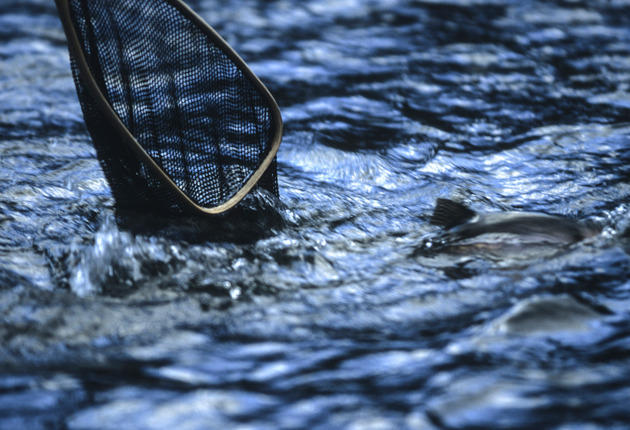From the May/June 2015 issue of Sporting Classics, on newsstands May 6.
The California Department of Fish & Wildlife recently issued a report that explores the effects of large-scale marijuana production on the state’s fish populations and waterways. Specifically, the study focuses on the amount of water needed to sustain marijuana crops in California, where the drug can be grown with special permits, and the subsequent demands placed on local streams.
For insight, officials studied four watersheds in northern California over a three-year period. They totaled the amount of marijuana in the watersheds and calculated that each contained an average of 20,500 plants. Likewise, officials deduced that each plant requires six gallons of water a day and a staggering 900 gallons a season.
Given the amount of marijuana in the watersheds and the plant’s hydration requirements, CDFW officials concluded that mass cultivation of the crop consumes between 20 and 30 percent of the area’s stream-water flow at different times each year.
During extremely dry seasons, in particular, the report asserts, watering marijuana could even completely drain streams in three of the four watersheds if not properly monitored. During the course of the study, the number and size of marijuana operations in the watersheds increased between 68 and 104 percent, which further compounds the issue.
Unfortunately for fishermen and wildlife, marijuana production and its demand for water is speculated to have lethal or severely negative effects on native fish species, namely salmon and steelhead, which are both extremely sensitive to changes in stream conditions.
Read CDFW’s full report here. —The Editors
Be sure to sign up for our daily newsletter to get the latest from Sporting Classics straight to your inbox.
Cover image: Kevin Cass/Flickr

